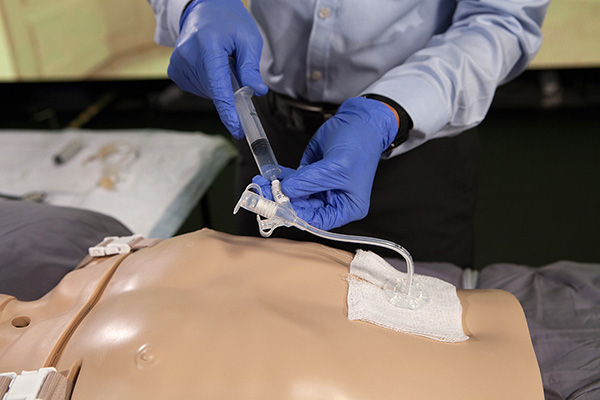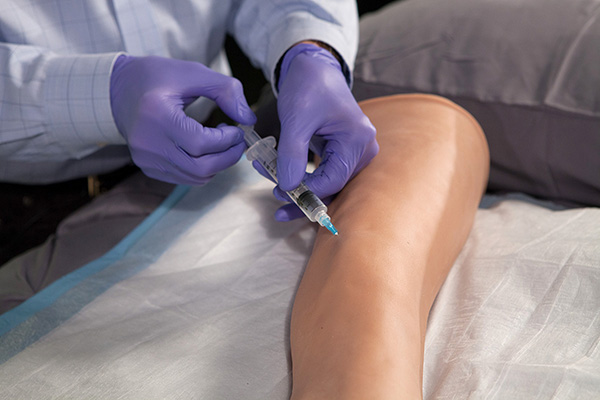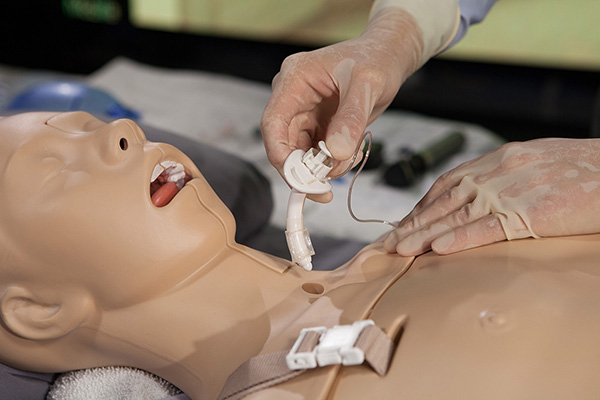Click here to access previously purchased online courses.
HCCI offers online courses for house call providers, staff, and practice leaders interested in expanding their knowledge and skills in home-based primary care. A wide range of topics is available, including Clinical, Practice Operations and Leadership, and Early Career; see the course descriptions below. Topics vary in length and depth, allowing you access to up-to-date guidance and recommended standards from experts in the field.
When purchasing a course, you will be prompted to sign in to the HCCI Learning Hub or create an account if you don’t have one. From there, you will be able to complete your transaction and begin your course.

Enduring material, 0.50 AMA PRA Category 1 Credits™
In home-based primary care (HBPC), it’s essential to prioritize across settings of care what matters to the patient at all stages of life.

Enduring material, 0.50 AMA PRA Category 1 Credits™
In home-based primary care (HBPC), it’s essential to prioritize across settings of care what matters to the patient at all stages of life. Patients who receive care in their homes at the end-of-life report higher satisfaction with the medical services provided to them than those in other settings. HBPC providers caring for patients with serious, advanced illness must be competent and compassionate in applying palliative care principles when developing a treatment plan.
15% savings on four clinical procedure courses with additional access to a clinical webinar recording for a total of 2.25 CME:
15% savings on four clinical procedure courses with additional access to a clinical webinar recording for a total of 2.25 CME:
- Gastrostomy Tube Replacement for HBPC Providers: 0.5 CME offered
- Tracheostomy Tube Replacement for HBPC Providers: 0.5 CME offered
- Knee Joint Aspiration and Injection for HBPC Providers: 0.5 CME offered
- Wound Management for HBPC Providers: 0.75 CME offered
- Webinar: HCCIntelligence™ Webinar Recording: Introduction to Point-of-Care Ultrasound (POCUS) for the Home Care Provider – November 2020

Gastrostomy tubes are used on patients who have difficulty with oral intake and/or need the tube to vent air or drainage from the stomach.

Gastrostomy tubes are used on patients who have difficulty with oral intake and/or need the tube to vent air or drainage from the stomach. These tubes are placed by gastroenterologists in a hospital setting but may need to be replaced after the patient returns home. Home-based primary care providers can help patients and their caregivers by replacing PEG tubes in the home vs. sending the patient back to the hospital for a lengthy and costly replacement procedure.
Enduring material, 0.50 AMA PRA Category 1 Credits™ | Cost $49

Knee joint aspiration is a procedure that removes excess fluid from the joint, while injection delivers medication to relieve pain. This is a commonly performed medical

Knee joint aspiration is a procedure that removes excess fluid from the joint, while injection delivers medication to relieve pain. This is a commonly performed medical procedure among elderly patients who are at a higher risk for arthritis. Home-based primary care providers can help these patients and their caregivers by performing this procedure during a home visit vs. sending the patient to an in-patient facility.

Tracheostomy tubes are used on patients who have a need to be on ventilators for more than a couple of weeks or who have conditions that block their upper airways.

Tracheostomy tubes are used on patients who have a need to be on ventilators for more than a couple of weeks or who have conditions that block their upper airways. These tubes are placed by doctors or emergency medical technicians in a hospital setting but may need to be replaced after the patient returns home. Home-based primary care providers can help these patients and their caregivers by replacing these tubes in the home vs. sending the patient back to the hospital for a lengthy and costly replacement procedure.
